I Shot the Eerie Photo That Appears on Patricia Cornwell’s Latest Novel
Author Patricia Cornwell has this week released her latest forensic crime thriller Sharp Force. Another nail-biting installment of the adventures of Dr. Kay Scarpetta. But the story of how I captured the photo on the front cover is just as tense.
Sharp Force is the American author’s 49th book; she has sold over 120 million units worldwide. And although Sharp Force is set in Northern Virginia, I can tell you that the spooky building you see on the front cover is actually in Wales, U.K.
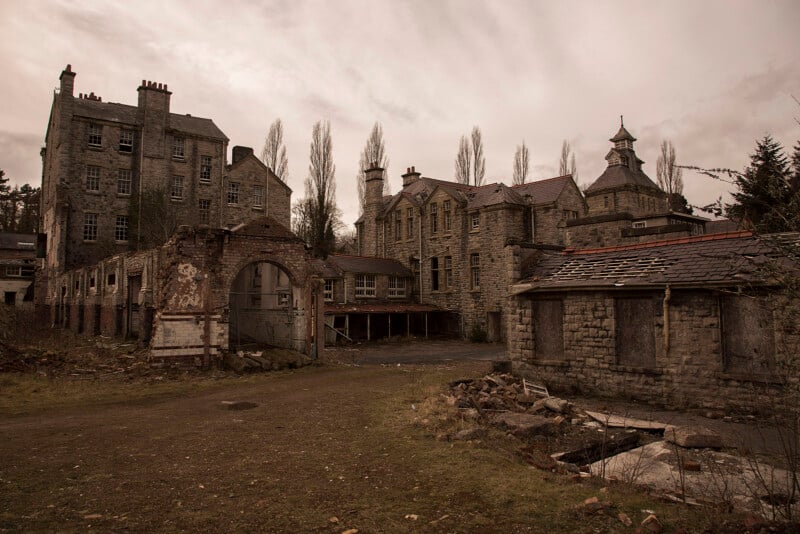
North Wales Hospital was home to unfortunate souls from 1868 to the 1990s. While it did house people with acute mental health problems, it also took in people who simply had learning disabilities.
According to local historian and author Clwyd Wynne, some women were admitted for having a baby out of wedlock. Others because they had epilepsy, which modern medicine has revealed to be a neurological disorder, rather than a mental one. Wynne describes the conditions as “really tough.”
The overcrowded hospital administered electroconvulsive therapy, and even a handful of prefrontal lobotomies were carried out there. One person died there after undergoing the now discredited procedure.
“They did used to think people were possessed, there’s no doubt about that,” Wynne told the BBC in 2021. “There was no form of treatment for mental illness up until the 1930s, really, so for the first 78 years or so of the hospital, the only treatments were employment and recreation.”
There were reports of staff mistreating the patients by hitting them or abusing them in other ways. Although he stresses that the majority of carers were “very good people and did their best in very trying and difficult circumstances.”
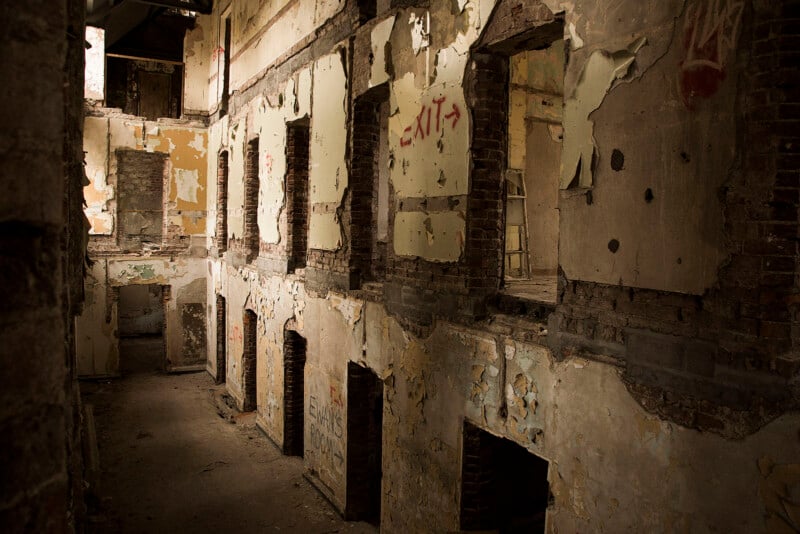
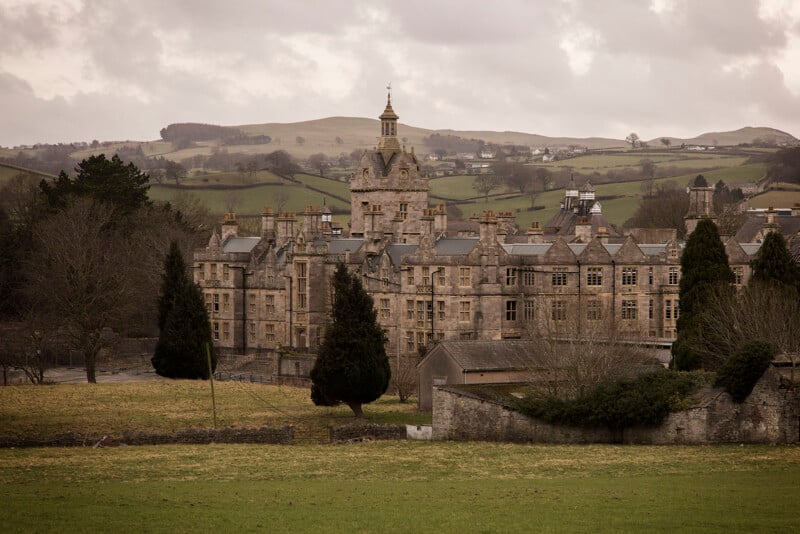
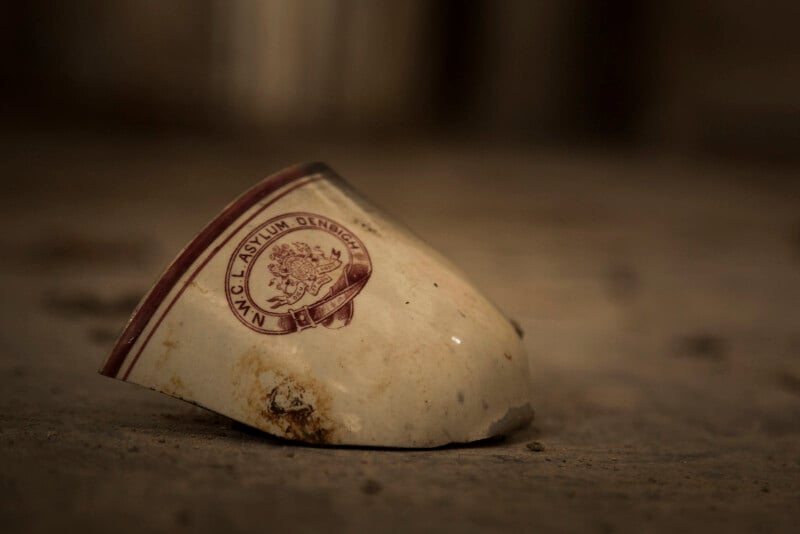
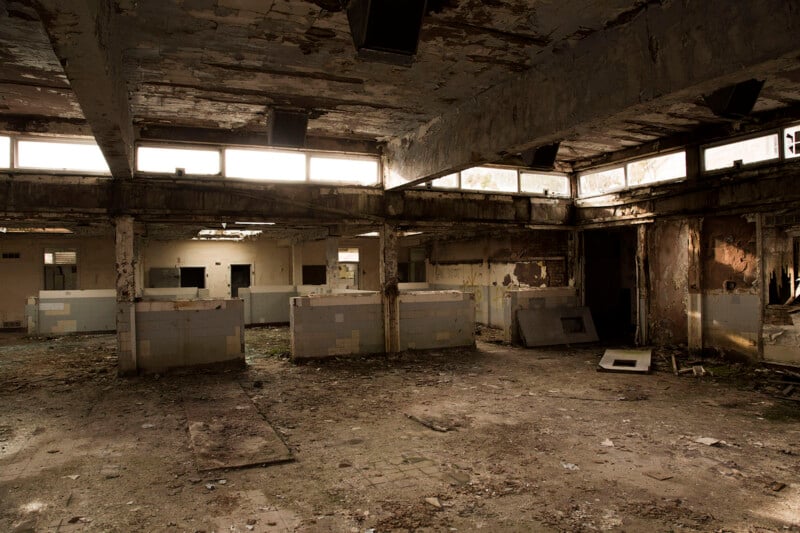
In the 1960s, public opinion had turned against the Victorian asylum system and the government ordered their closure. But since the last patient left in 1995, the site has fallen into disrepair. Denbigh Asylum is a Grade II listed building, meaning it is of architectural and historical interest and therefore efforts must be made to preserve it.
The Explore
And it really is a special building. Back in 2015, before I was a PetaPixel news editor, I was an active urban explorer photographer and of all the places I visited, Denbigh Asylum is in the top two locations.

I brought along a friend with me because you really need a pal with you when urban exploring. There was no fence or anything like that; we just walked straight up to it. In fact, the only other people we bumped into were some local dog walkers who were on the grounds as well.
I’d read stories about a curmudgeonly caretaker who didn’t take kindly to visitors. The caretaker allegedly wasn’t even employed by anyone and was just a local who didn’t like people exploring the site — I was almost disappointed not to run into this local legend.
Nevertheless, my nerves were shot when I was in there. I don’t believe in ghosts. But man, it was a weird place. On one occasion, my friend and I heard a strange noise that sounded like a groan. We looked at each other and quickly moved on. It wasn’t the type of place most people would want to spend time in.
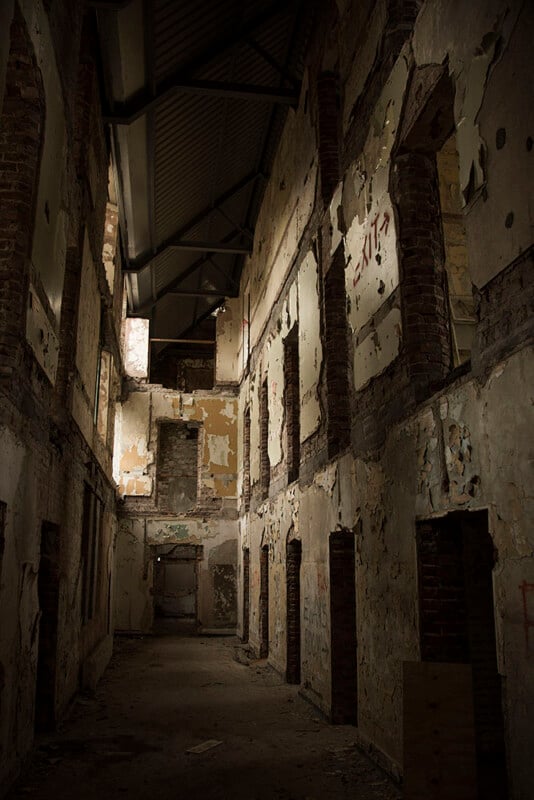
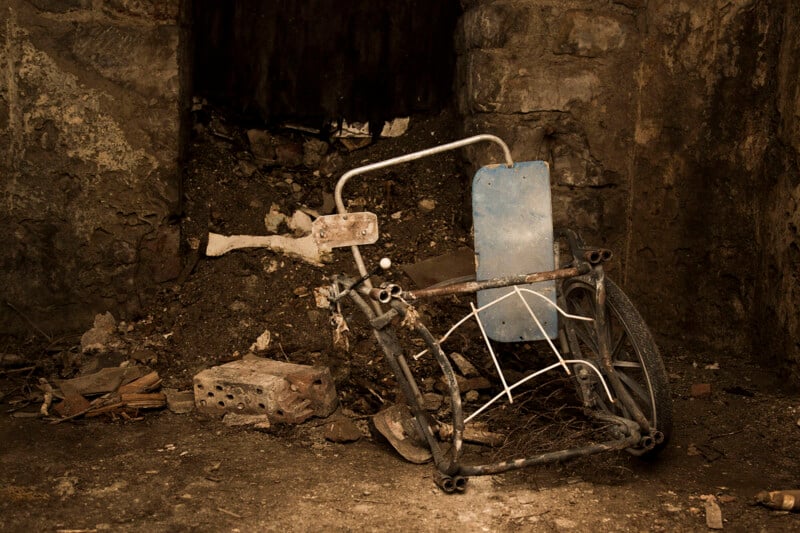
Visiting cells where poor wretches toiled away their days was deeply unsettling. There was barely anything left in there, but in one of the underground cells was a mangled wheelchair. It’s shuddering to think some people were kept in chains.
But then this is why people find these places so fascinating. They stand as portals into the past where you can plainly see the cruelty of the age; when we knew so much less than we do now, mislabeling and mistreating common ailments, using the asylum to hide societal ills.

Since it closed, the hospital has been subject to numerous arson and vandalism attacks — locals aren’t happy. A BBC article from this year says that a $142.6 million (£107 million) redevelopment will start soon and that 300 homes will be built on the site. I would hazard a guess that some people would not like to live inside a former asylum.
But its gothic architecture is something incredible to behold, and now millions of Patricia Cornwell readers can use the facade to imagine the adventures of Dr. Kay Scarpetta.
According to the blurb of Sharp Force, Scarpetta is “summoned to Mercy Island, the site of a notorious psychiatric hospital where two people have been brutalized, one of them from Scarpetta’s past.” Sounds thrilling; I can’t wait to read.